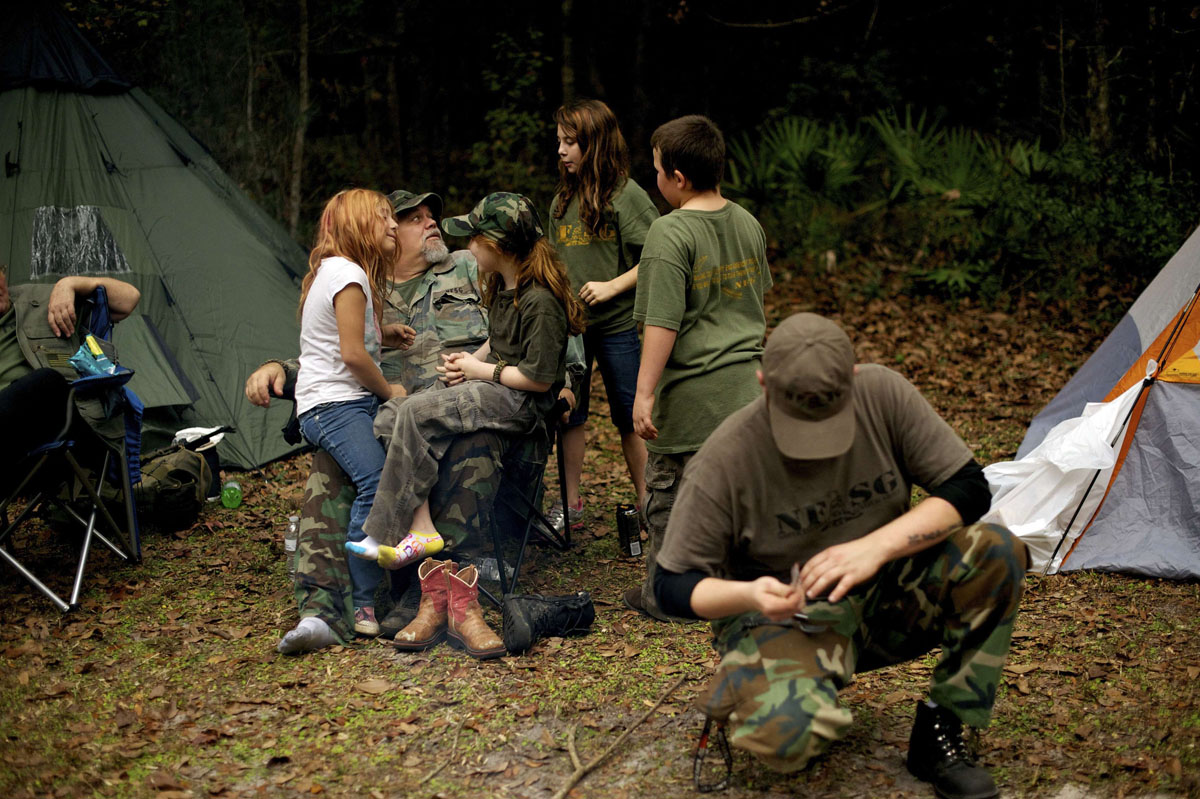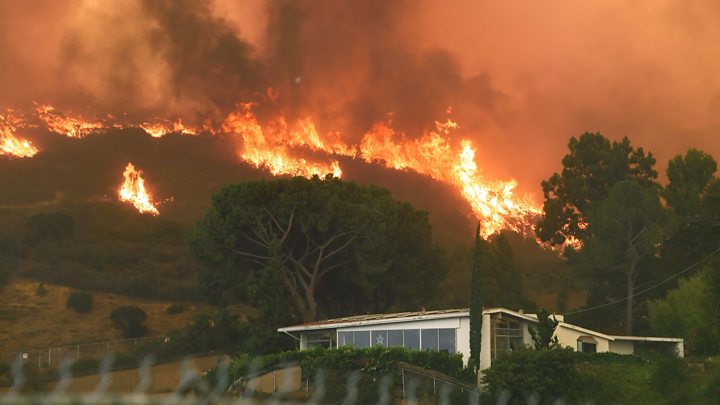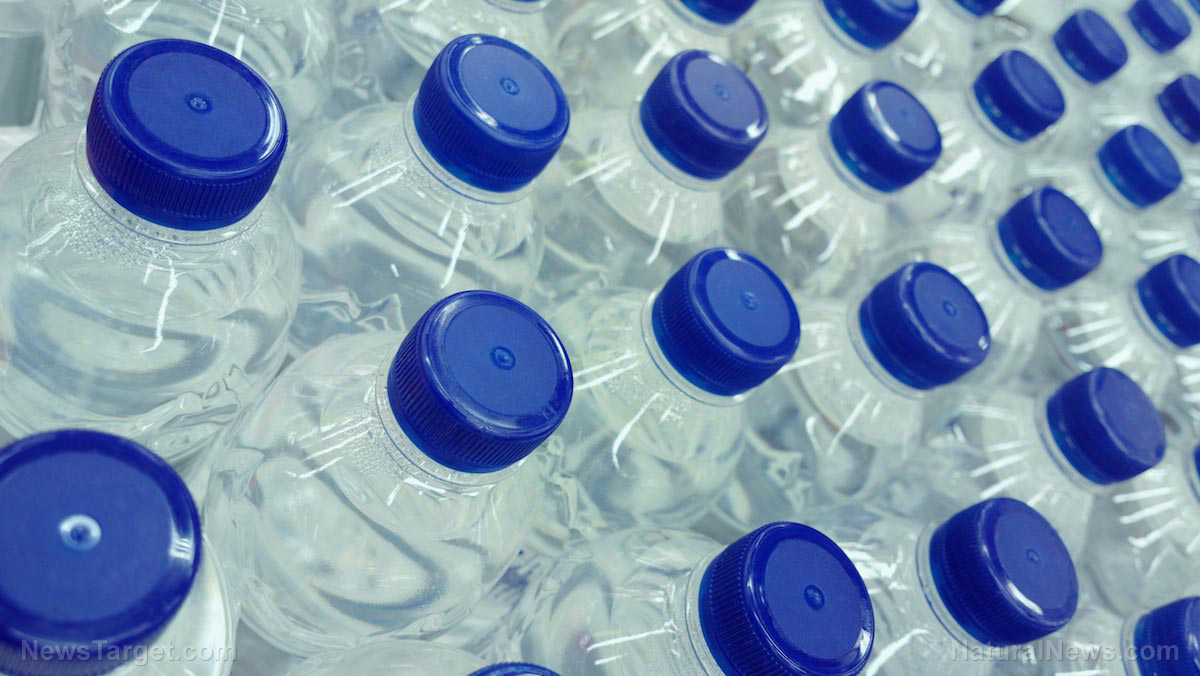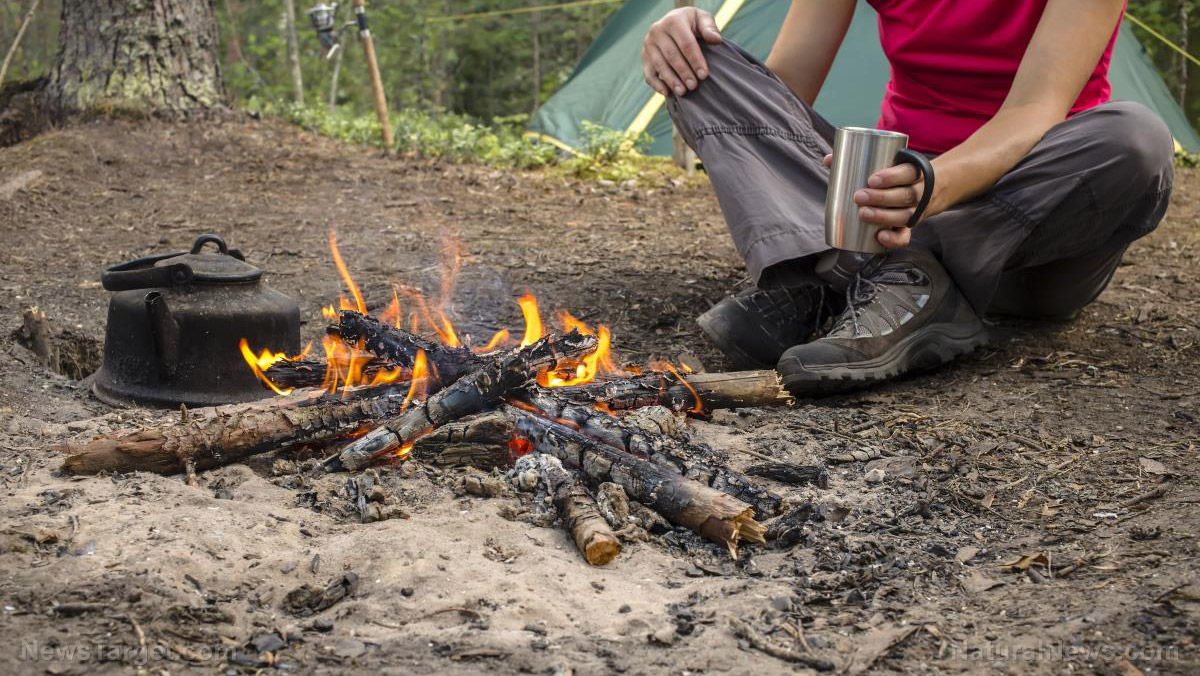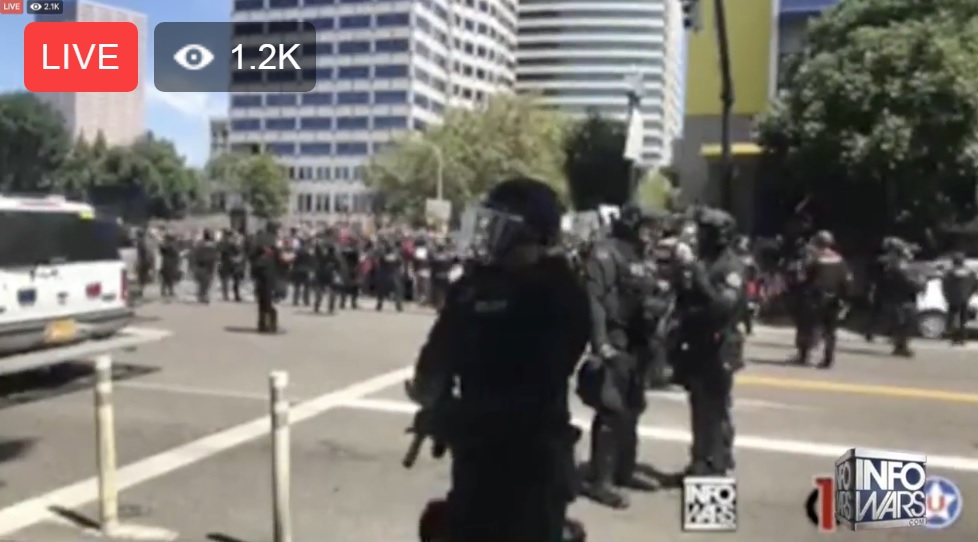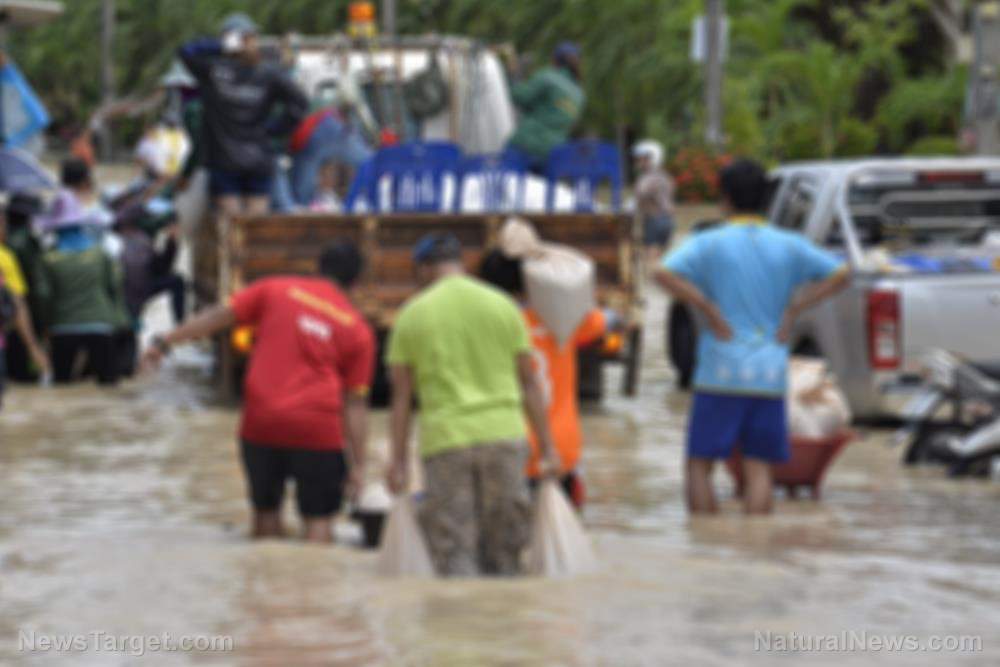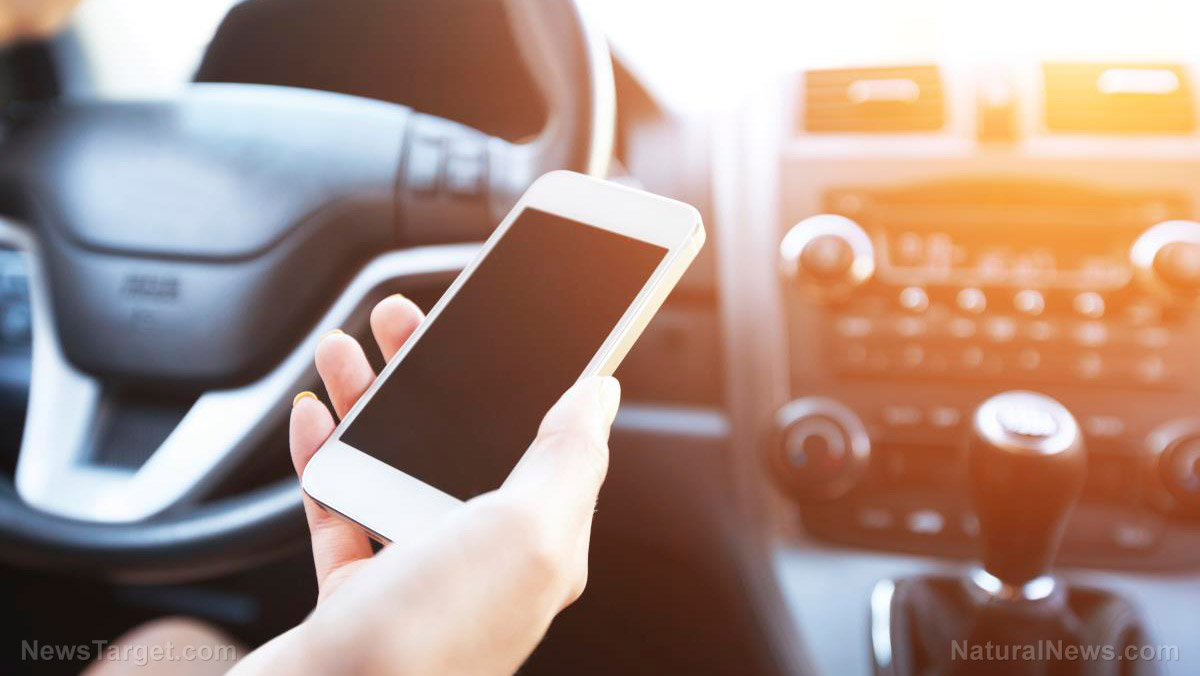How to turn your car into a bug-out ready vehicle
05/16/2019 / By Zoey Sky

After you’ve fortified your home and stocked up on survival gear and supplies, you have one more prepping task ahead of you. Before SHTF, you need to turn your vehicle into a bug-out car that can get you out of the neighborhood if you need to evacuate immediately. (h/t to OffgridSurvival.com)
Four tips to prepare your car for bug-out scenarios
If you have the money to buy a car that you’ll only use as a bug-out vehicle, feel free to invest in one. However, the practical thing to do is to prepare your current car for various natural and man-made disasters. (Related: Prepping 101: How to make your own fool-proof SHTF plan.)
Perform regular preventive maintenance
Even if your car is fairly new, there’s a chance that it can break down at the most inconvenient moment. While modern cars are more reliable compared to older vehicles, prepping for disasters ensures that you have what you need to repair your car even if you’re in the middle of nowhere.
Keep your car bug-out ready by performing regular preventive maintenance.
- Daily checks – Before you drive off to work, do a quick walk around. Check your tires, check for any leaks, and take note of anything that looks out of the ordinary.
- Monthly checks – Check things like tire pressure, oil, transmission fluid, and other vehicle fluids at least once a month.
- Don’t let your gas tank fall below half a tank – When SHTF, you should be able to evacuate as quickly as possible. Keeping enough gas in your tank ensures that you don’t have to get stuck at the gas station filling up.
Stock up on the essential survival supplies
Keep a dedicated bug-out bag (BOB) or get-home bag in your car at all times. Since your vehicle lets you carry more than you can normally fit into these bags, here are some car-specific items to consider:
- Water – The average adult needs at least a gallon of water a day. Always stockpile clean drinking water in your car.
- Food – Keep ready-to-eat foods like beef jerky, breakfast bars, or homemade trail mix in your BOB. These foods will keep up your energy during an evacuation.
- First aid kit – You need a dedicated first aid kit in your car. Make sure it’s equipped with the essentials for treating minor injuries, burns, and wounds.
Get a high-quality emergency road kit
Once you’ve prepared your BOBs, set up a vehicle-specific preparedness kit. Your kit should include the tools that you may need for roadside emergencies and vehicle breakdowns.
These vehicle-specific items deserve some space in your emergency road kit:
- Jerry fuel can with extra fuel, preferably stored outside your vehicle
- Floor jack
- Jumper cables and an emergency car battery jump starter
- Extra oil, spare fuses, antifreeze, and vehicle fluids.
- Tire pumps, patches, and a canned tire inflator (e.g., Fix-a-Flat)
- Spare hoses and fan belts
- Power inverter
- Spare tire – Make sure it’s a properly inflated full-sized tire.
- Fire extinguisher
- Tow cable
- A shovel and piece of carpet or other traction material – Use these items and the floor jack to get your car out of mud, sand, and snow.
- Trac-Grabber – These traction devices can also help you free your car from mud, sand, or snow.
- Skateboard – If your car is done for, you can use a skateboard to get through an urban area quickly. It can also be used as a makeshift self-defense tool.
- Emergency navigation gear and maps – Keep maps of your local area, your evacuation routes, and an updated nationwide road atlas in your vehicle.
Communication and signaling gear
In the event of a large-scale survival scenario, most communication channels could go down. If this is only a temporary thing, there’s nothing much to worry about.
But preppers don’t just keep their fingers crossed and hope things turn out okay, so you need to plan for the worst-case scenario.
You should always have multiple ways to communicate in your bug-out car, such as:
- Cell phone, car charger, and a power bank – In case cell networks go down, a fully charged cell phone can help you get in touch with your loved ones.
- Satellite phones (satphones) – Satphones can be expensive, but they’re a lifesaver if you can’t rely on local cell networks. Additionally, satphones are less likely to be affected by network traffic or network outages.
- CB radios – A CB radio is the best way to communicate if you’re traveling with a group of other preppers in their own vehicles. You can also use CB radios for local communication and finding out local road conditions from truckers within the area.
- Ham radio – When your other options fail, you can always count on a good multi-band ham radio to hear broadcasts and communicate with people locally and worldwide.
Prep your vehicle as if you’re going to use it as a bug-out car so you can drive to safety whenever SHTF.
Sources include:
Tagged Under: bug out, bug out bag, bug out car, bug out vehicle, bugging out, bugout, car maintenance, Collapse, disaster, off grid, preparedness, prepper, prepping, SHTF, survival, survival gear
RECENT NEWS & ARTICLES
COPYRIGHT © 2017 CHAOS NEWS

